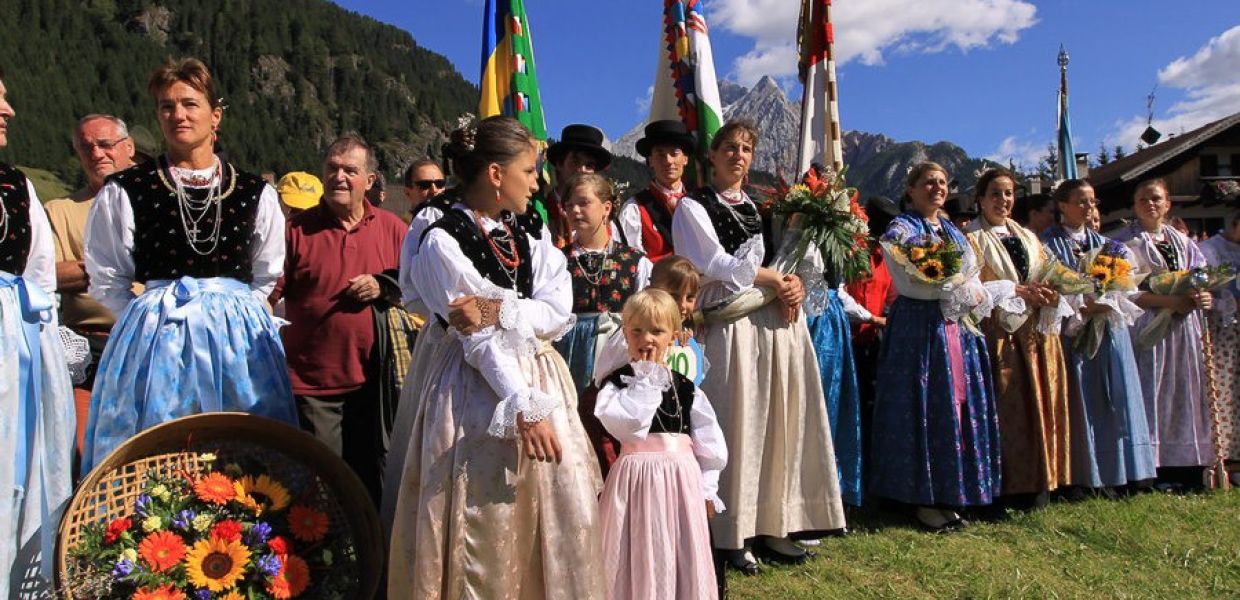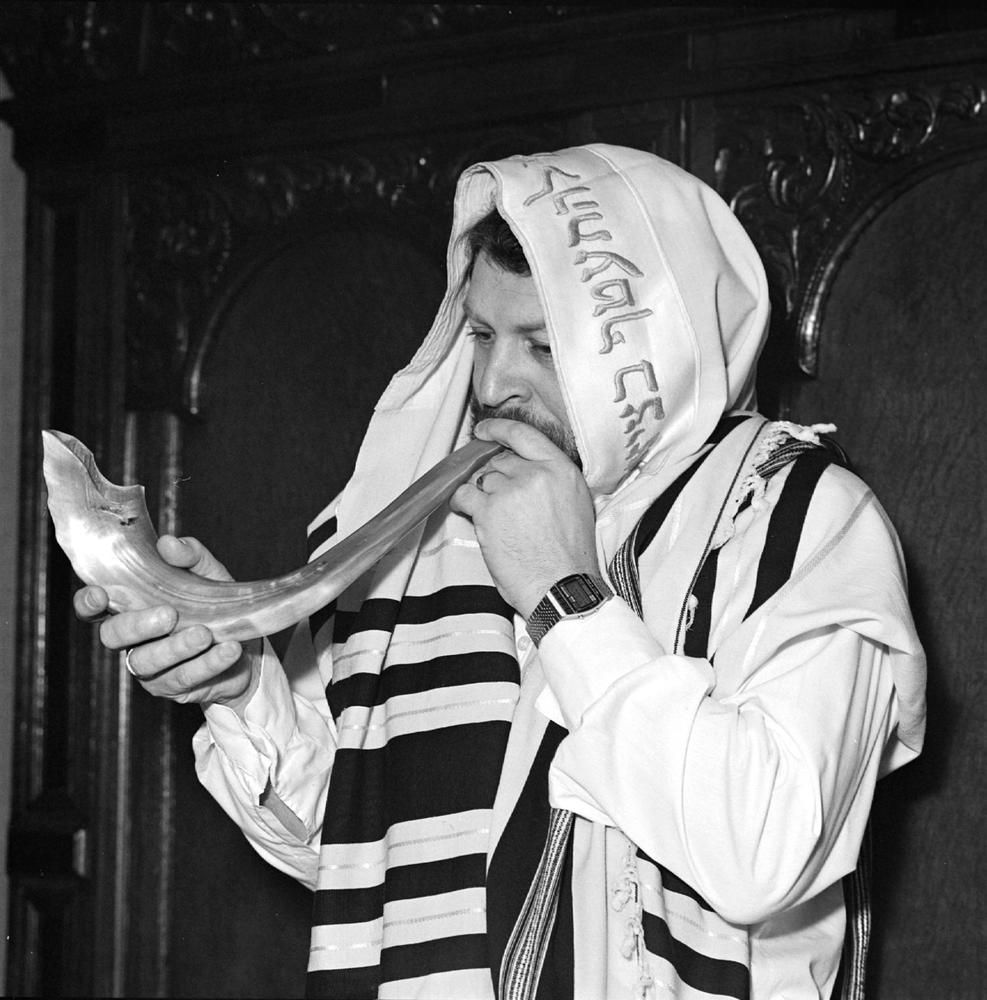About DIGICHer
The respectful preservation and digitisation of heritage from minority groups is a key issue for the cultural sector as artefacts become increasingly available online, and is a topic which the DIGICHer project seeks to address in its work over the next three years.
DIGICHer aims to collaborate with representatives from minority groups: the Sámi, the Jewish and the Ladin people and more, to design and develop a new and practical framework that promotes equity, inclusion and diversity in the representation of digital cultural content. This will include research into current approaches to the digitisation of cultural heritage, identifying their shortcomings, and developing recommendations for policy makers that focus on enhancing digitising efforts for cultural heritage collections. The legal, political, socio-economic and technological aspects of this challenge will all be considered.
DIGICHer is funded under the Horizon Europe programme of the European Union, and will run from February 2024 - January 2027. It is led by Vilnius Gediminas Technical University from Lithuania in close collaboration with partners from around Europe. These include universities, EU level organisations working in cultural heritage, and organisations representing cultural and linguistic minority communities from around Europe.
The project begins
The project’s first meeting takes place at the end of March, and is an opportunity for partners to come together and define their approaches for the coming years. The University of Lapland is a significant location for the project's kickoff, as noted in conversation with Rosa Maria Ballardini, Professor of Intellectual Property Law and Vice Dean (research) at the University’s Faculty of Law, and Rene Urueña, Professor of Law at the same institution:
‘The University of Lapland, located in the city of Rovaniemi, is the northeasternmost university in the European Union, and it is also close to the Sápmi region, traditionally inhabited by the only Indigenous people in the EU: the Sámi. The University of Lapland is a leader in the area of Arctic research and northern change. A considerable part of its research is focused on Indigenous peoples, to achieve solutions for sustainable development. A project kickoff at the University of Lapland highlights DIGICher’s commitment to minorities’ involvement in the digitisation and usage of their cultural heritage, contributing to a more responsive and democratic cultural sector’.
Excitement for the future
DIGICHer partners are enthusiastic about embarking on the project. Kristina Kovaitė, Vilnius Gediminas Technical University Vice-Dean and project coordinator, and Aelita Skaržauskienė, PhD, Professor, Chief Research Fellow describe how, ‘Embarking on this international project fills us with enthusiasm and excitement. It represents not just a new endeavour, but a bridge to connect diverse cultures and ideas. The prospect of spearheading this international initiative gives us a strong sense of purpose, as we envision the possibilities of creating something truly impactful and valuable for society.’
And Milena Popova, Programme & Business Development Manager at the Europeana Foundation, says, ‘We see the DIGICHer project as a valuable opportunity to work towards a more diverse and inclusive cultural heritage. By collaborating with minority communities and developing a new framework for proper representation of their heritage, the project will help actors in the data space for cultural heritage and the wider heritage sector to enhance their understanding of minority groups' needs; build capacities for inclusive digitisation; and ensure impactful reuse of minority heritage.’





